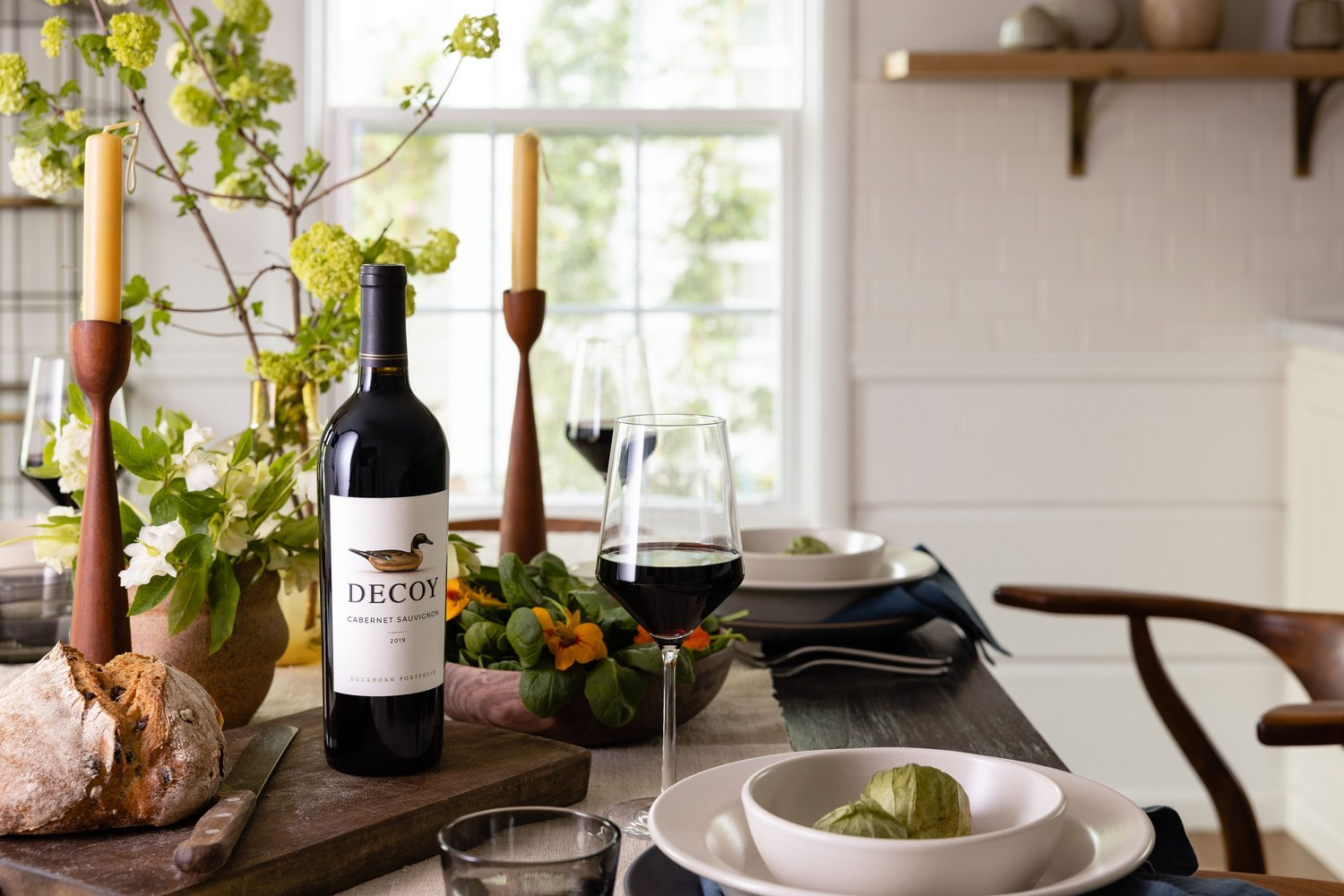Interior photography is much more than clicking some pictures of a room; it's capturing the essence of a space and showing that through design, telling a story through the lens. It's a form of art where you need a sharp eye for detail, perfect comprehension of light and composition, and how to get the most from any environment. Stephanie Russo is a Sacramento architectural photographer who excels at the magic of turning interiors into amazing visual pieces. The blog will peruse the intricacies of interior photography and try to provide insight to the readers about how Stephanie Russo manages to click the very essence of design in her work.
Understanding the Need for Interior Photography
Interior photography is important for several reasons. It gives character to property listings in real estate marketing and helps appeal to buyers. For interior designers, architects, and business owners, quality photographs are like a portfolio that showcases their work to attract more clients. If the interiors are well captured, they will communicate the feel of the atmosphere, functionality, and even aesthetics, therefore connecting the viewer easily to that environment.
A Sacramento architectural photographer such as Stephanie Russo brings with her a different perspective on interior photography. Having clicked the details of architecture, Stephanie knows very well the spatial relationships and how to use light effectively to bring out gorgeousness and intricacy in any space. More than documentation, Stephanie's work involves creating images that share a story regarding design and the purpose of the space through emotions.
Essential Elements of Interior Photography
Composition is the essence of interior photography. Composition refers to the way by which elements are arranged within a frame to come up with a balanced, focused image. The following composition techniques are useful for any professional photographer:
Rule of Thirds: This technique involves segmentation of the frame into a 3 x 3 grid and then composing principal elements along those lines or at the intersections. This creates a balanced image that is harmonious.
Leading Lines: Use lines within the space, whether it be from edges of the furniture or architecture itself, to guide the viewer's eye around the photograph.
Symmetry and Balance: While symmetry can create feelings of order and stability, balancing elements on either side of the frame may add further appeal in a visual sense.
2. Lighting
Lighting can change drastically, affecting the mood or feeling in a space, so it is very important in interior photography. Stephanie Russo, an experienced architectural photographer in Sacramento, knows how to use both natural and artificial lighting to her advantage.
Natural Light: Natural light is soft and flattering; it gives spaces inviting appearances. Photographers often schedule shoots during the day just to capture the effect of the natural light as it flows through the window panes.
Artificial Light: In the absence of ample natural light, artificial lighting should be used to emphasize the areas under view and to set the intended mood. It is vital that the illumination should be uniform and integrate harmoniously with the natural light.
Shadows: Proper lighting avoids deep shadows and strong highlights, making the image more even and hence appealing to the viewer.
3. Attention to Detail
It's the details in space that work to make a difference in an interior photo, where the final image is all glossy and professional.
Decluttering: Remove junk and excesses in the space to prevent roaming attention of the viewer away from design features.
Staging: One of the greatest things that you can do is to have a perfect layout of your furniture and decorations in a room. It would also include adding or removing these items on a general basis and cleaning up the place by changing the placements of everything.
Consistency: It means to follow the same style and color all across your space. Various colors or even the design of your objects might make your picture odd due to the inconsistency.
4. Angles and Perspectives
What is important in interior photography is the choice of angles and perspectives. On choosing the one opted for, different angles may bring out various characteristics of a space and afford a full view of the design.
Wide-Angle Shots: The application of wide-angle lenses in interior photography allows one to capture as much of the space as possible. These shots provide an overall view and, hence, help showcase not only the layout but also the flow of the room.
Detail Shots: Tight shots which showcase the several design elements of the object—texture, pattern, or any other unique features—are important in bringing detail and diversity to the image bank.
High and Low Angles: Such experimentation at higher and lower levels and angles will reveal new perspectives and emphasize various details of the space.
5. Post-processing
All beautiful interior photographs go through one final step: post-processing. Editing the pictures to make sure their quality is enhanced and shows the space realistically.
Color Correction: Color correction would mean adjusting the colors of the images to as real as possible and uniform in all images.
Exposure and Contrast: Balanced exposure and contrast so all things in the image are observable and lit properly.
Removing Imperfections: Edited out would be any unwanted reflections, blemishes, distractions—really, anything that would prevent a clean image from being obtained.
How Stephanie Russo Captures the Essence of Design
As a Sacramento architectural photographer, Stephanie Russo uses her technical skills paired with excellent knowledge of design principles in capturing the essence of any interior space. Here are some of the ways she achieves this:
1. A collaborative approach
She works closely with clients to understand their vision and goals of the photoshoot. Stephanie is engaged by an architect who wants to showcase his new project, an interior designer photographing her work, or even a homeowner who wants to memory-capture a living space, tailoring her approach to the needs of the client.
2. Meticulous Preparation
She walks them through the space to showcase key features, lighting, and other various issues before doing the shoot. This helps her to prepare shots in advance and be fully equipped to achieve the best possible results.
3. Artistic Vision Share END
The creativity and attention to detail that Stephanie possesses enable her to take pictures that go beyond the idea of simple capture. She focuses on capturing the mood, atmosphere, and unique character of each space, making sure the final photographs tell a compelling story.
4. Technical Expertise
With years of experience in shooting and great knowledge about photography techniques, Stephanie uses her technical competence to capture quality images. She picked out the right equipment, setup of all parameters for the views on the way to perfection, and attained mastery of post-processing.
5. Passion for Architecture and Design
The passion Stephanie has for architecture and design reflects in her work. She likes the creativity and effort that goes into making such beautiful places, only to capture those elements through her photographs. Her passion and commitment make her a reliable choice for any client in search of a Sacramento architectural photographer.
Conclusion
That will really challenge you to take photographs that capture the real essence of the space and express it as designed. Photographers can take great shots at the telling story of such an environment if they understand composition, lighting, attention to detail, angles, and post-processing. Stephanie Russo, an architectural photographer based in Sacramento, is very good at this with the perfect blend of technical expertise and an artistic vision toward bringing out the finest in any interior space.
Be it an architect, interior designer, real estate agent, or homeowner who wants to make maximum impact with his/her space, professional interior photography really makes all the difference. Apply Stephanie Russo for a deft approach that will translate your designs in the perfect light to last an impression and attract future clients.

















